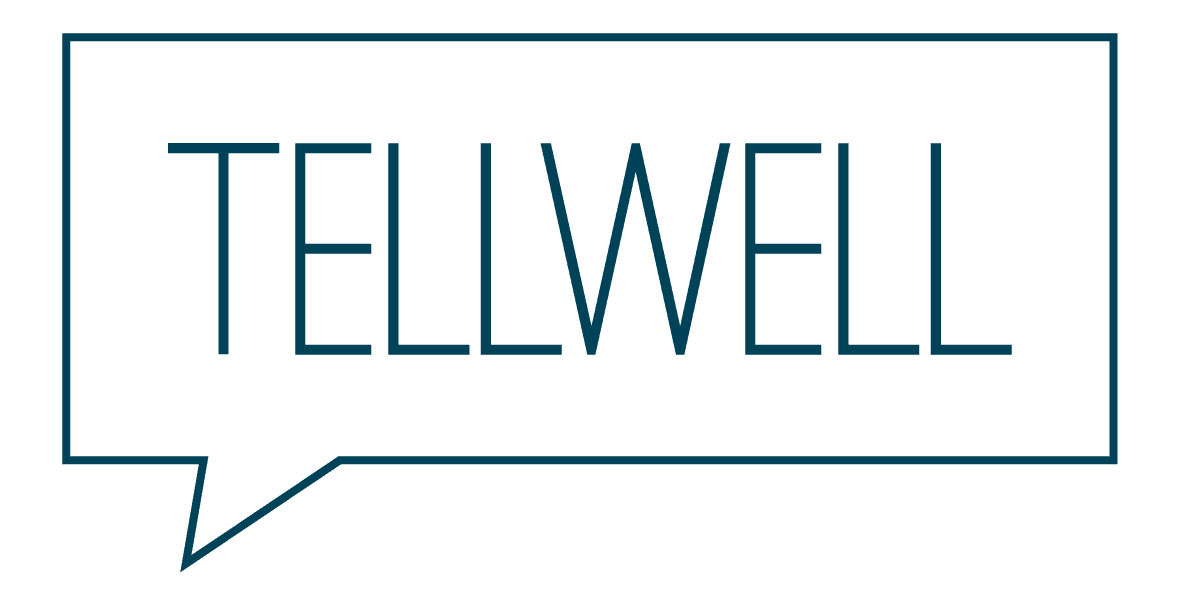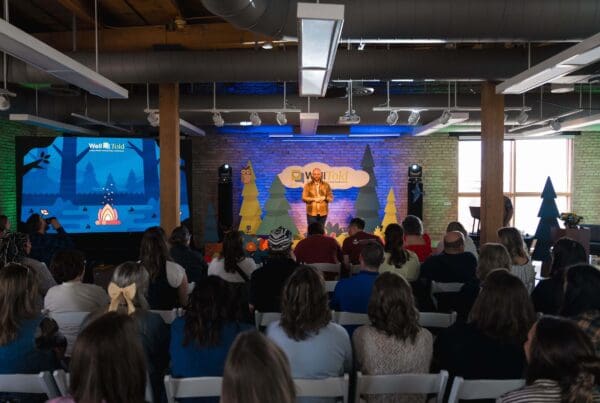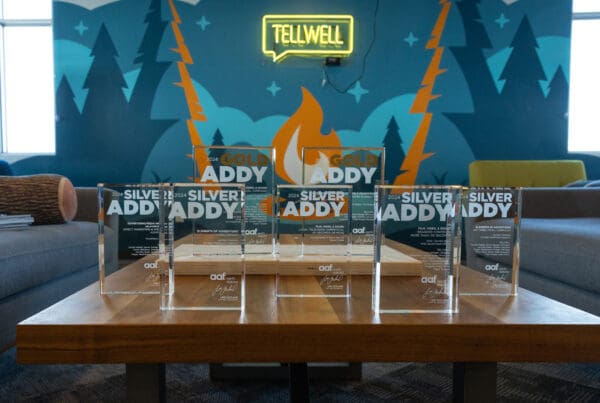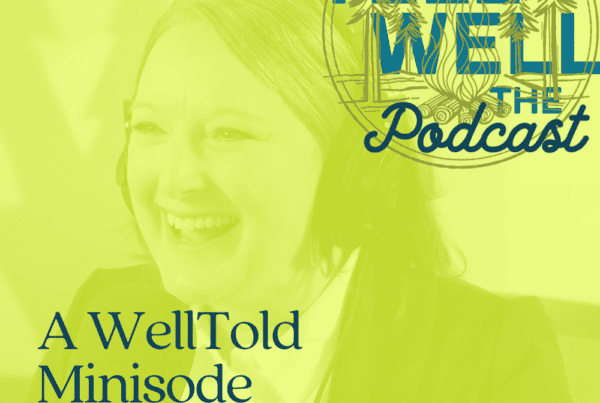The Challenge Nonprofit Leaders Face
Nonprofit storytelling, fundraising, and donor engagement can often feel like running on a treadmill—you’re moving fast but not always gaining ground. Communications Directors, Development Directors, and Executive Directors know the cycle too well: conferences leave you inspired, but back at the office, you’re left wondering, How do I actually use this?
That’s where Annie Wood, Executive Producer of the Well Told Nonprofit Storytelling Conference, offers a refreshing approach. Instead of endless keynote sessions or “inspiration porn,” Annie and her team are designing experiences rooted in clarity, connection, and practical frameworks .
Here’s what struck me: Annie isn’t just talking about events. She’s showing nonprofit leaders how to reimagine storytelling as a tool for real alignment—with boards, donors, and communities.
Meet Annie Wood: Storyteller, Educator, Designer of Experiences
Annie brings a rare mix of higher education training, nonprofit experience, and what she calls her “super nerd hat” for adult learning . She doesn’t want participants to simply sit and absorb content. Instead, she wants them to:
Connect with peers before content begins
Engage in spaces that honor local nonprofits
Walk away with frameworks they can use the next morning
Her belief? Connection before content is where the real magic happens. As she put it:
“Connection before content is something I really believe in. We see the power of it every single day.”
That framing changes everything.
Strategy 1: Prioritize Connection Before Content
Too many nonprofit leaders feel pressure to deliver information right away. Annie challenges that. She starts with connection. At Well Told, participants meet at a welcome party before the first session even begins.
Why? Because storytelling only sticks when relationships exist first. Imagine board retreats, fundraising events, or staff workshops beginning not with PowerPoint slides but with small, intentional ways for people to connect.
Action Step: Before your next donor event, design a moment of connection that isn’t about the agenda—maybe a shared story circle, a casual coffee, or even a playful icebreaker.
Strategy 2: Infuse Nonprofits Into Every Layer
The conference doesn’t just talkabout nonprofit impact—it models it. Hosting the event in a nonprofit art museum, sourcing meals from a community café, and turning floral arrangements into bouquets for Hope Blooms are deliberate choices .
Here’s what Annie said that stuck with me:
“We wanted to host it in a space that is a nonprofit. That’s something you’ll see throughout the day—really trying to lift up and highlight the nonprofits that exist in our community.”
That’s a powerful framework for nonprofit leaders: let your mission show up not only in your stories but also in your spaces, vendors, and partnerships.
Strategy 3: Replace “Inspiration Porn” with Practical Frameworks
Max admitted his first idea for the conference was TED-style inspiration. Annie pushed back. Inspiration without tools fades fast. That’s why Well Told equips participants with ready-to-use frameworks, prompts, and take-home guides .
Instead of a notebook full of half-scribbled quotes, attendees walk away with:
Story prompts for their own teams
Frameworks to adapt for donor engagement
Clear questions to spark board alignment
As Annie put it:
“We’re not just designing a conference where you sit and get. We want you to leave with frameworks that make implementation easier.”
Action Step: For your next campaign, don’t just inspire your donors—equip them with a framework that helps them see their role in the story.
Strategy 4: Design for Surprise and Delight
Annie loves weaving in quirky, unexpected elements—“weird is good,” she says. Whether it’s magic coins, playful band choices, or colorful Trapper Keepers, these touches give people something to talk about long after the event ends .
Why does this matter? Because delight creates memory. Nonprofit storytelling isn’t just about content; it’s about creating moments that stick.
Action Step: Add one “delight factor” to your next donor event. It doesn’t need to be big—just something unexpected that sparks joy and conversation.
Strategy 5: Apply Adult Learning Principles to Nonprofit Storytelling
Annie draws from her background in higher education to design experiences that align with how adults actually learn: through participation, reflection, and application .
This isn’t about overcomplicating things. It’s about giving people the dignity of learning in ways that last. Frameworks, prompts, and conversations become tools that donors, boards, and staff can carry forward.
Action Step: Build reflection questions into your next newsletter or board packet. Don’t just tell a story—invite readers to process and respond.
Implementation: How Nonprofits Can Apply These Lessons
Here’s the practical bottom line for nonprofit leaders:
Start with connection, not content
Make your mission visible in every decision
Replace inspiration with usable frameworks
Add delight to make stories memorable
Design communication with adult learning in mind
When applied, these strategies don’t just make for better conferences. They transform how you run campaigns, cultivate donors, and align your board.
Tellwell’s Connection: Seasons of Story
At Tellwell, we call this rhythm the Seasons of Story. Just like Annie, we believe in a natural flow: Introduce, Educate, Engage, and Remind. Nonprofits who honor this cycle see stronger donor engagement, deeper board alignment, and more effective fundraising campaigns.
If you’re ready to move beyond random acts of communication, the Seasons of Story framework is your next step.
Wrap it up!
If you’re ready to transform your organization’s storytelling, let’s explore how Tellwell can help. Book a planning call to discuss your goals: https://wetellwell.com/get-started/
And don’t miss our free Seasons of Story resource here: https://wetellwell.com/seasons
Because at the end of the day, storytelling isn’t just about being heard—it’s about building the kind of connections that last. What do you think? Could your organization benefit from moving from inspiration to frameworks?



